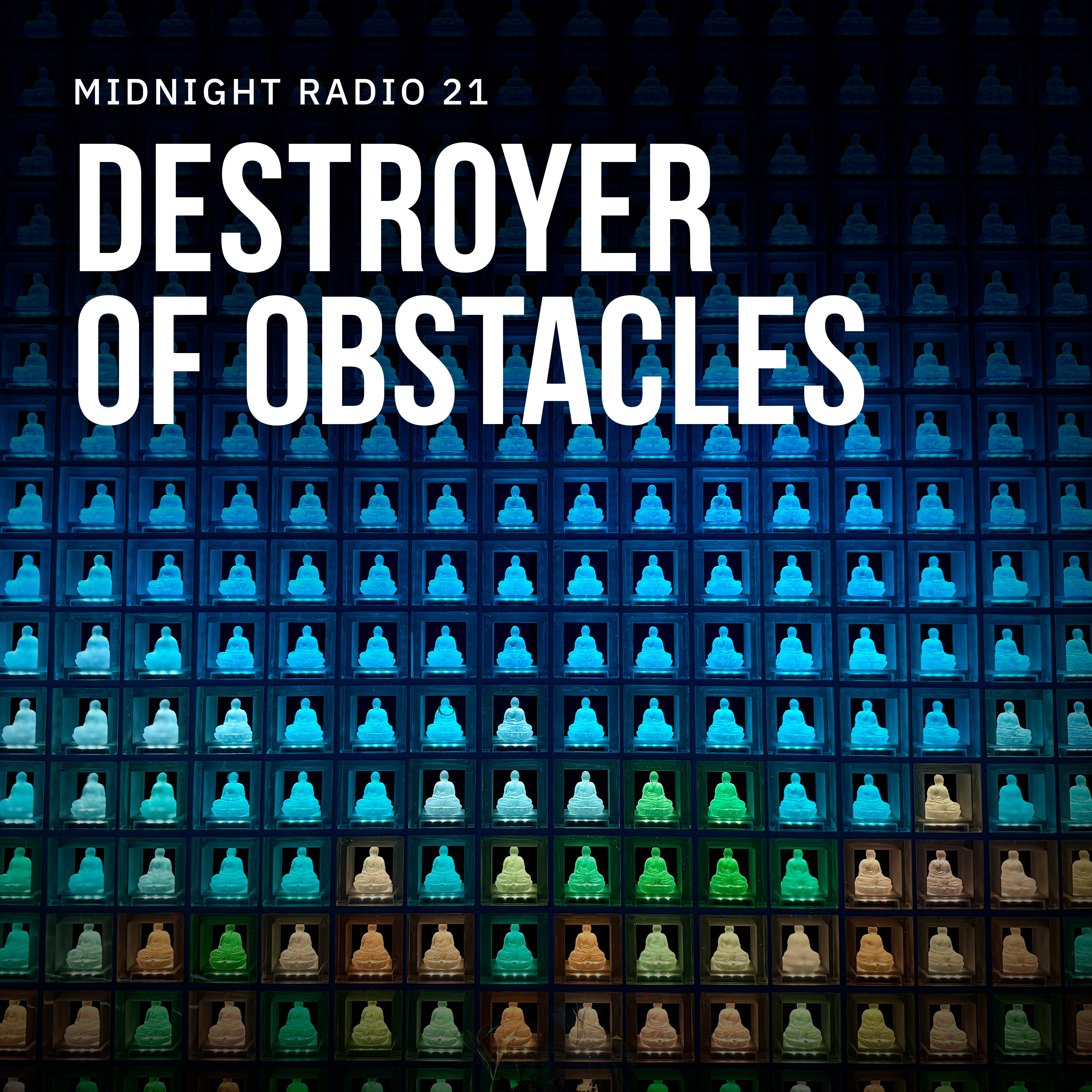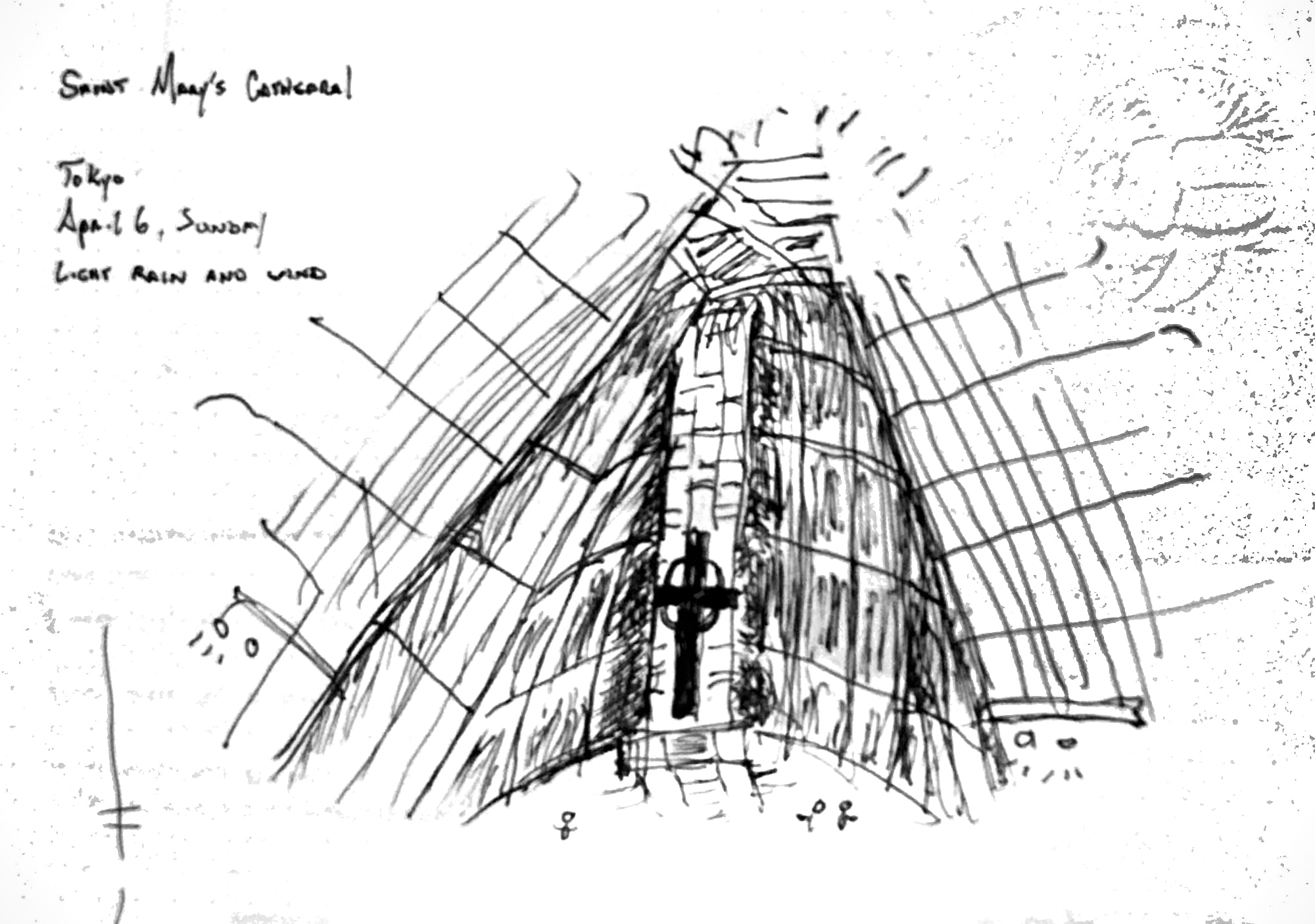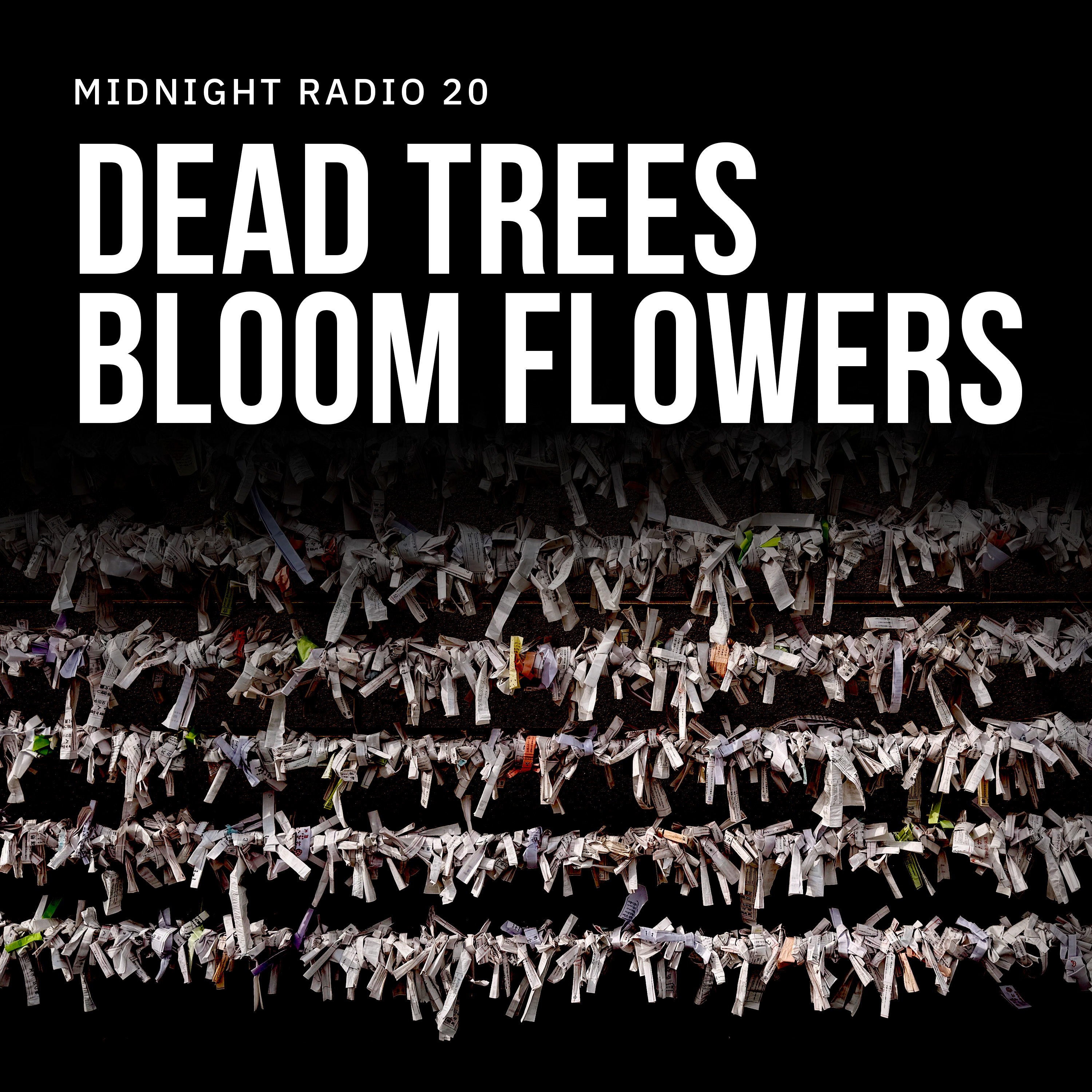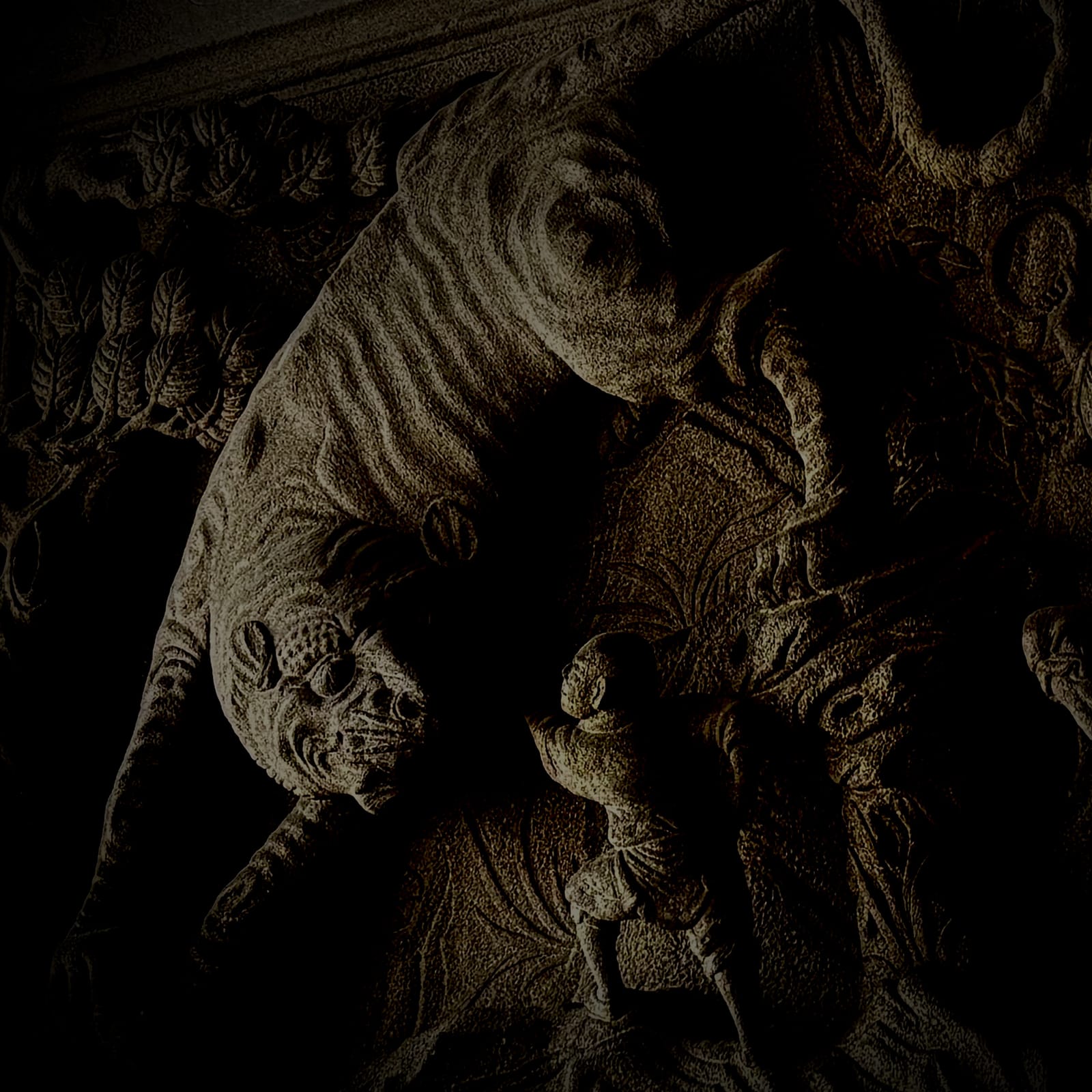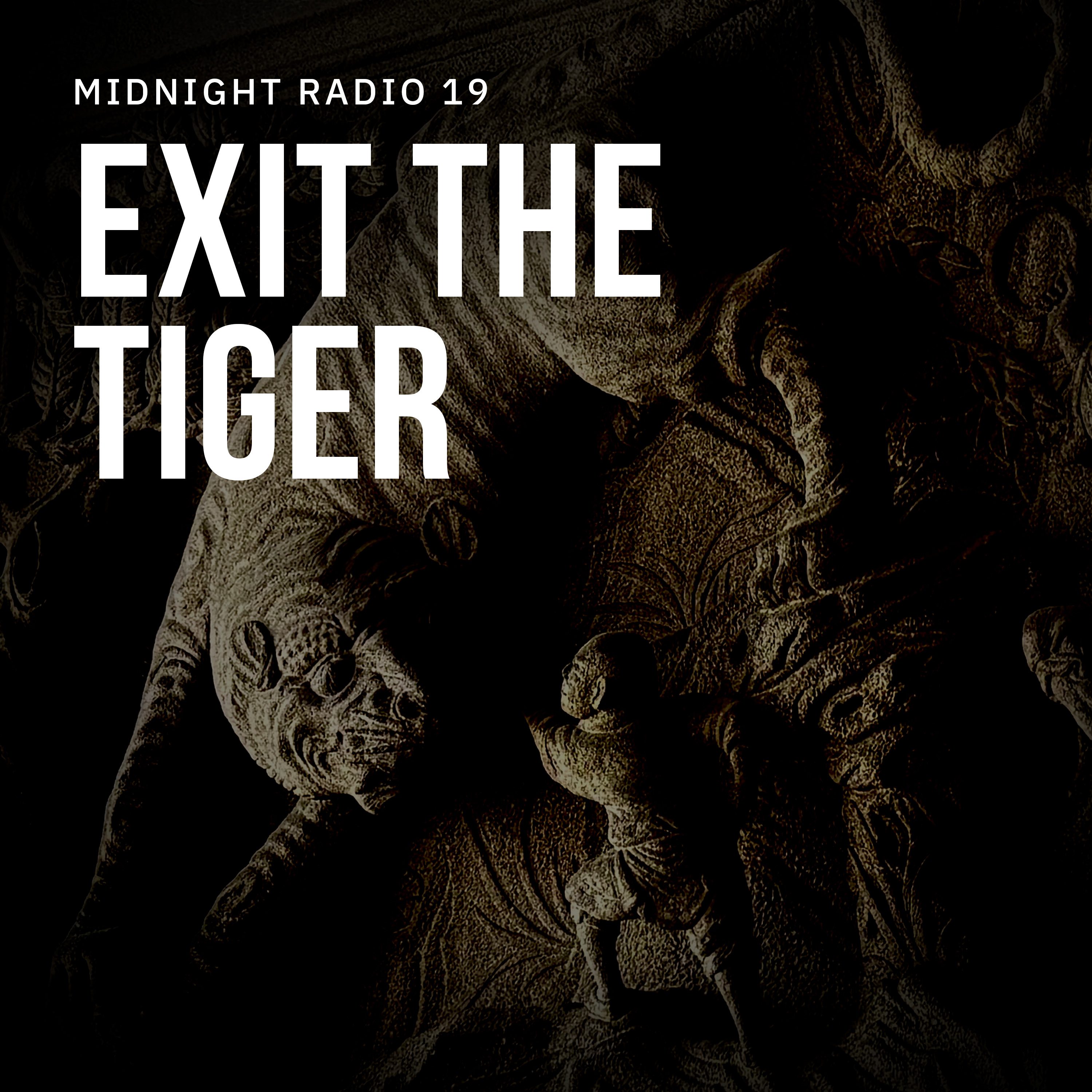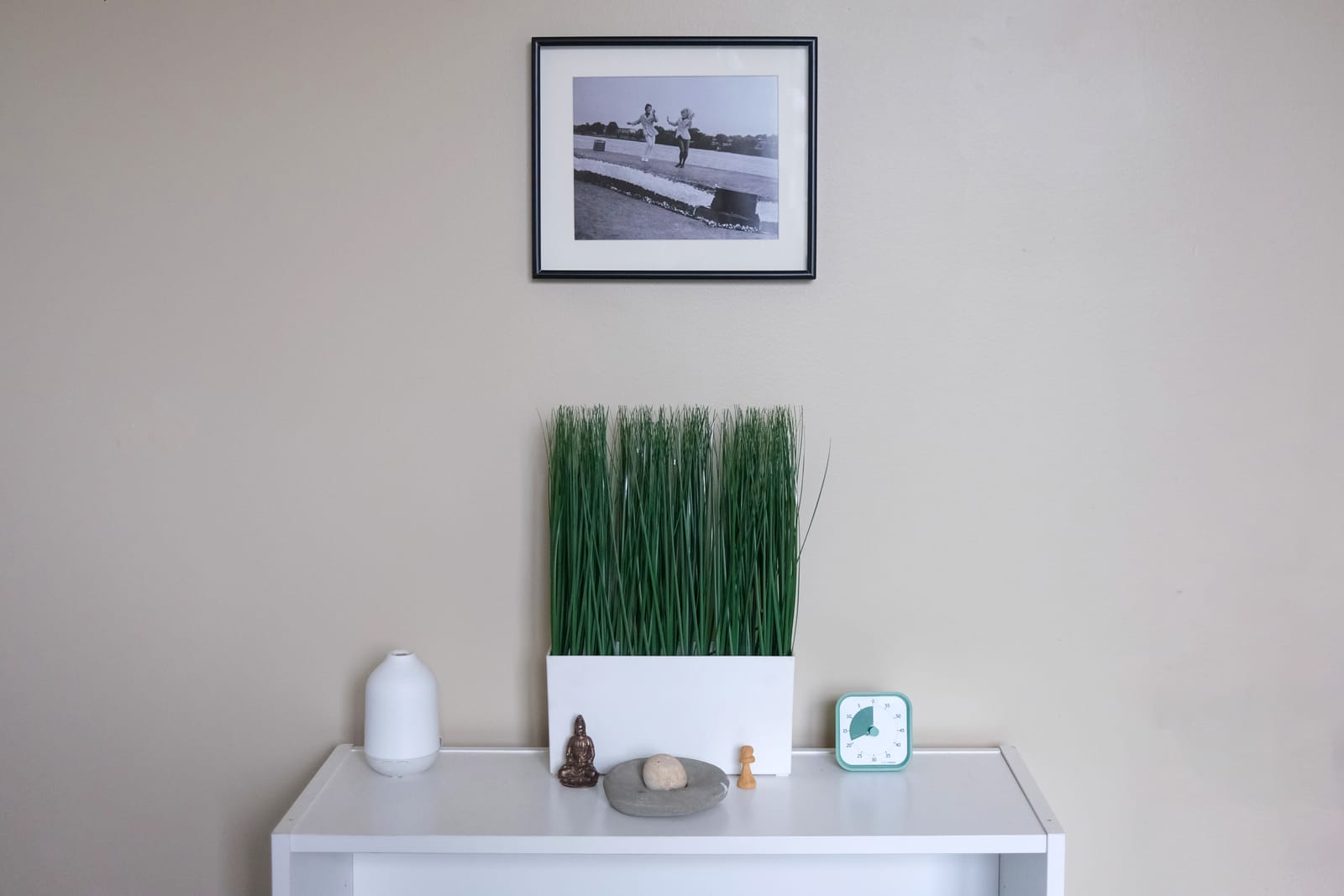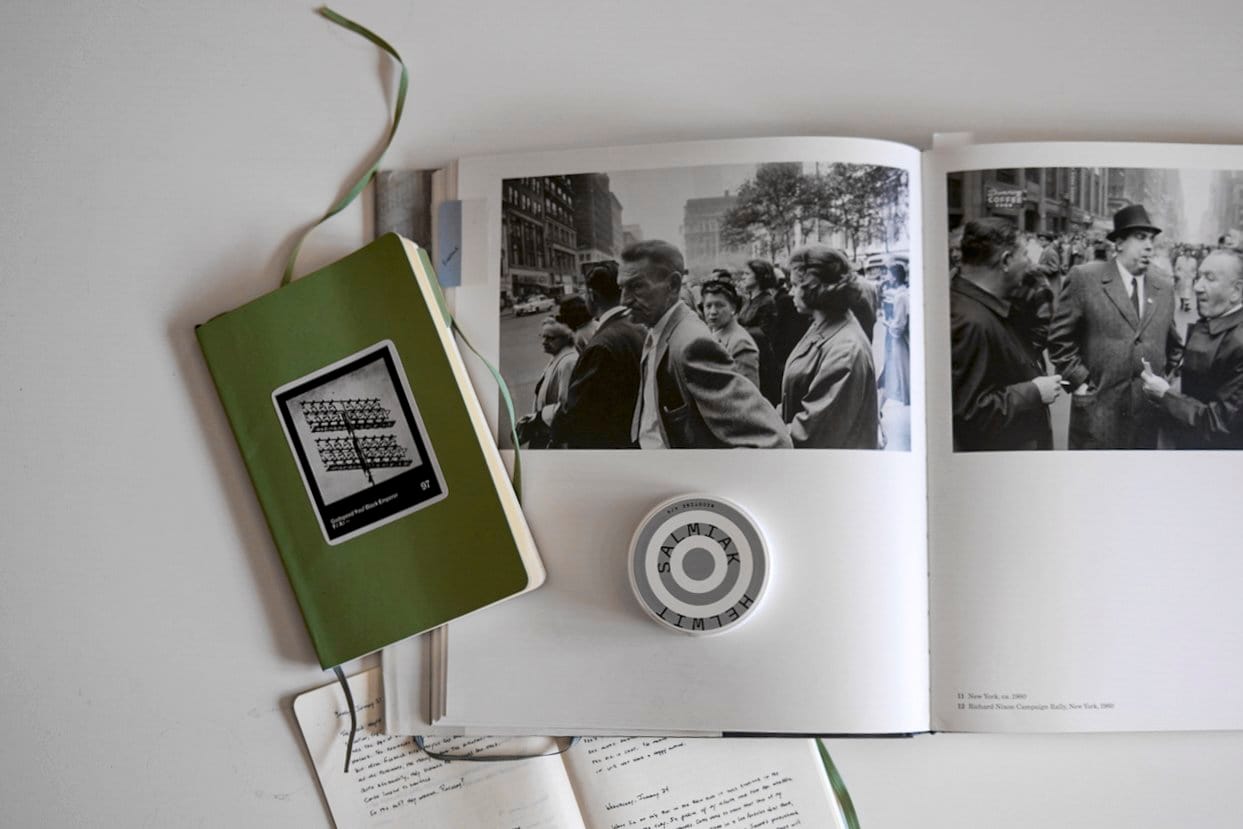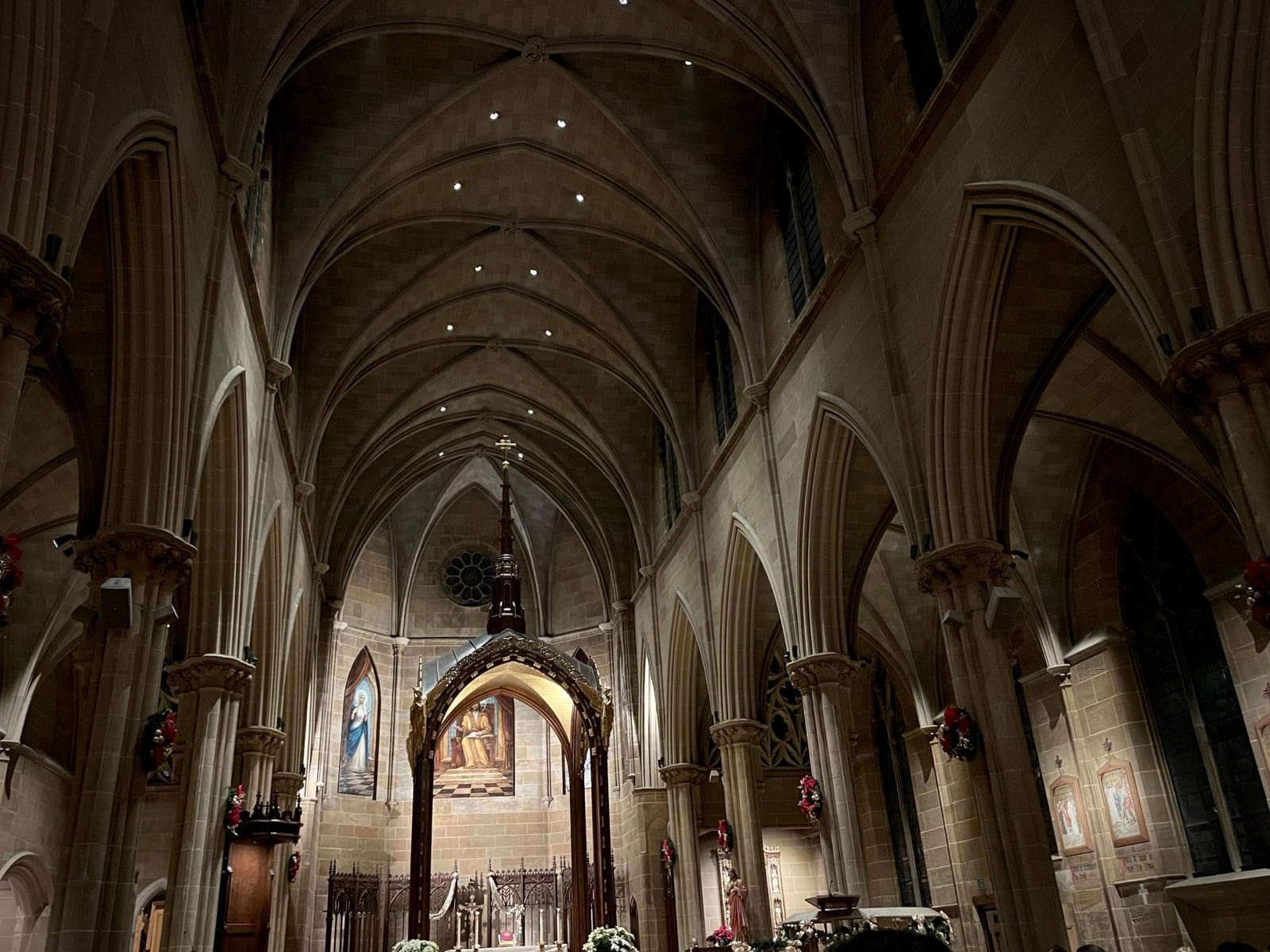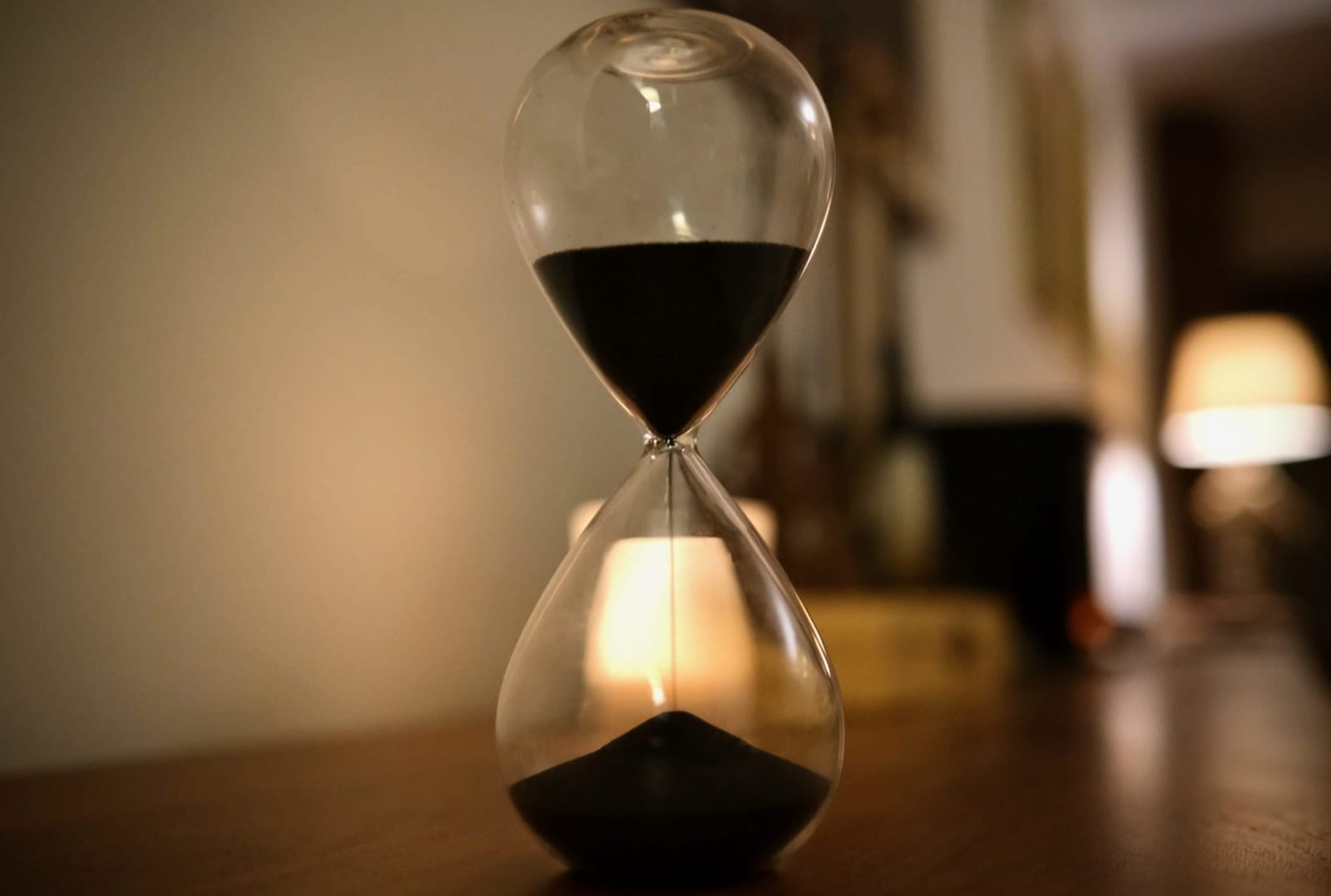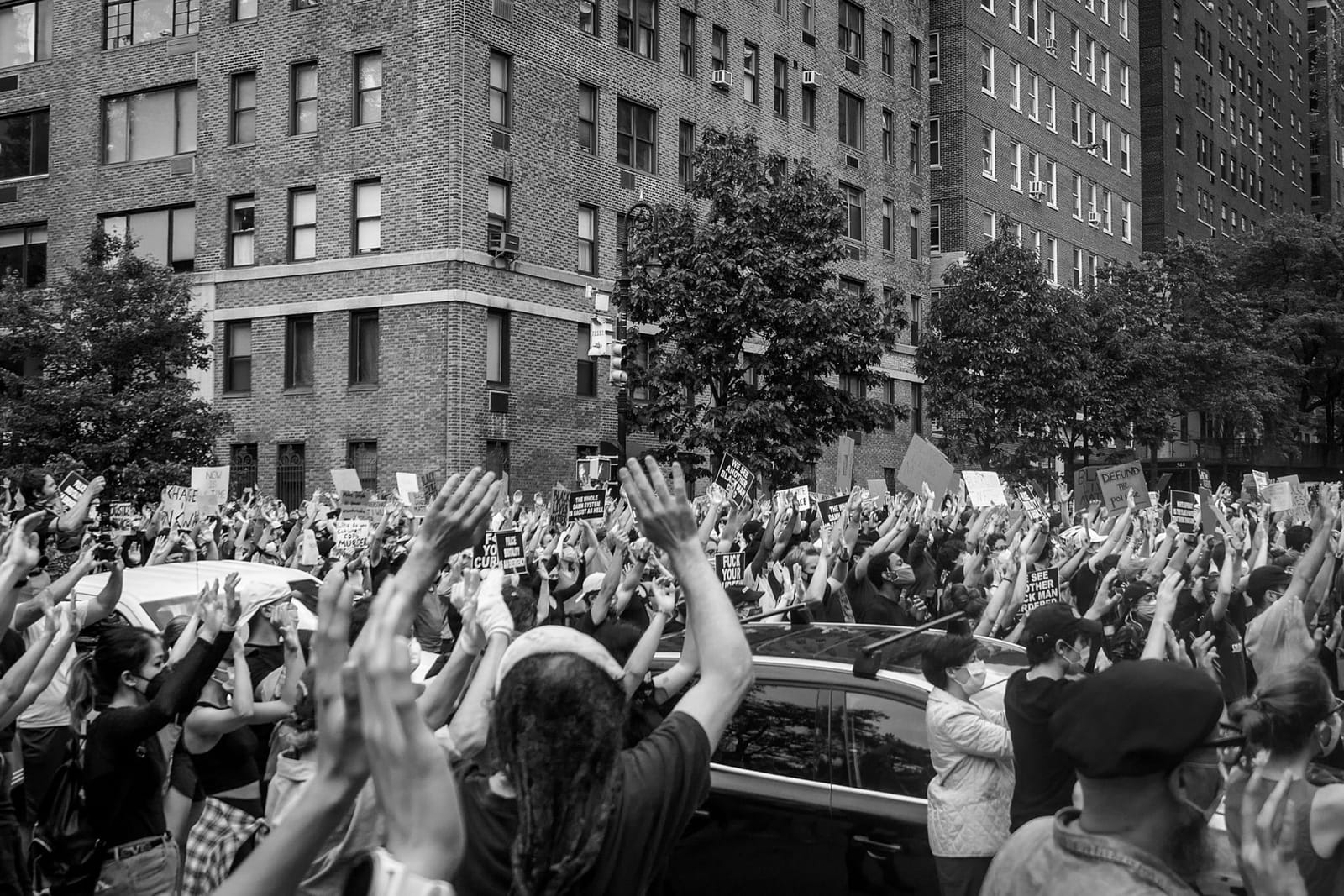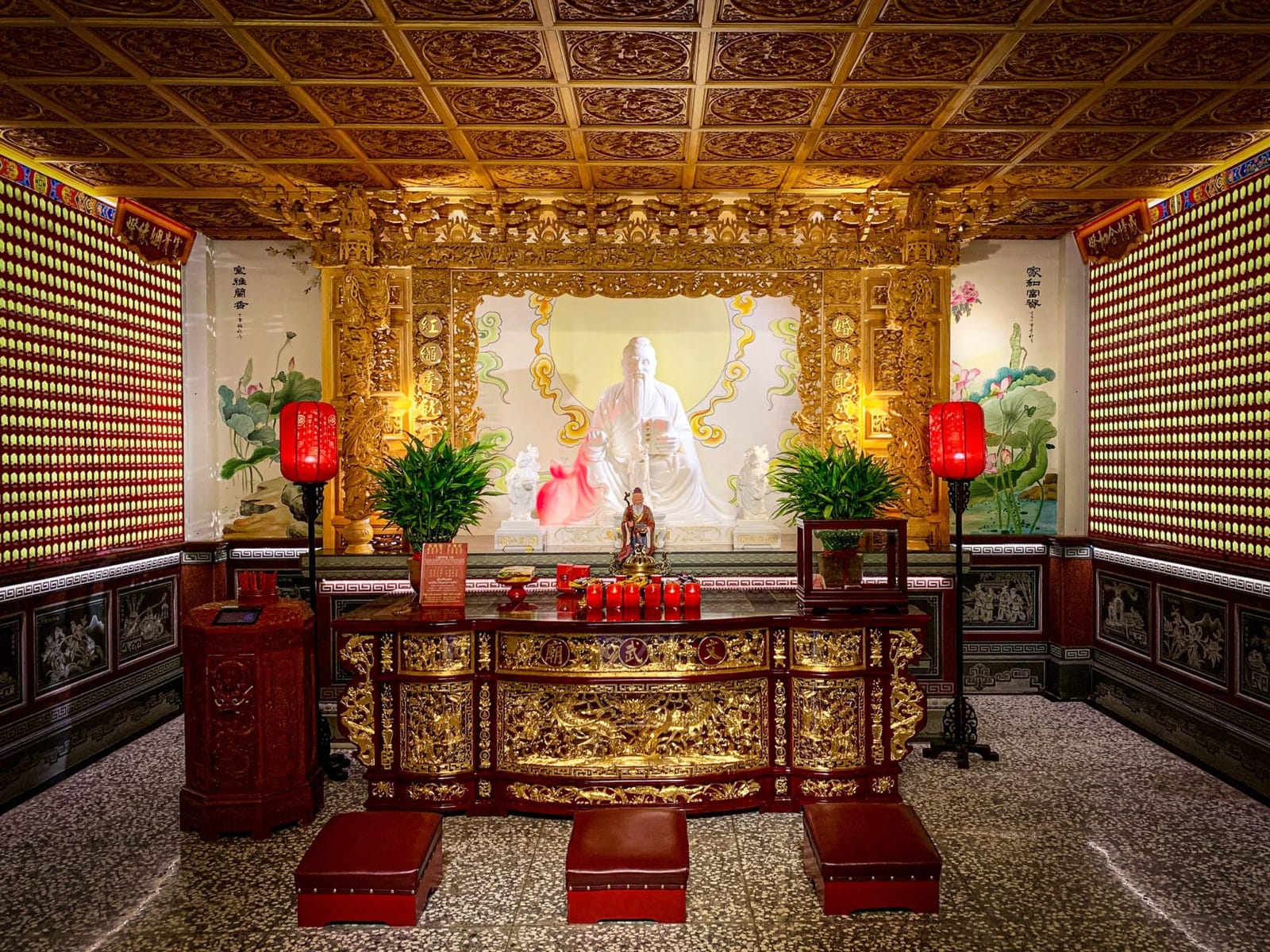The man takes his large fingers out of my mouth, snaps off his latex gloves, and says he needs to scrape the flesh from the roof of my mouth and sew it to my gums so my teeth won’t fall out.
You sound like a horror movie, I say.
He shrugs. It’s possible to use the skin of a cadaver, he says, but it doesn’t always bind well. I can’t tell if he’s fucking with me. Whoever made your braces when you were a kid really screwed the pooch, he says. I tell him I never had braces. My parents couldn’t afford it.
He wants me to pay thousands of dollars to let him carve up my mouth. Maybe I’ll torture you with the world’s worst GoFundMe page.
Anyway, I’m back in America.
A few days before this encounter, I was on the other side of the planet, where a monk held my notebook over a fire to protect it from demons.
The Goma ceremony, practiced by an esoteric sect of Buddhism, empowers a god of justice to burn away the destructive desires that clutter the path to enlightenment. It’s rooted in the fire worship of ancient Indian Brahmanism and Iranian Zoroastrianism, and in Japan, this god is called Fudō Myō-ō, or “the immovable or unshakable one,” but he has many names, including Immovable Wisdom King, the Violent Wrathful One, God of Justice, and Destroyer of Obstacles—all of which might be the same thing, depending on your point of view.
A dozen men in gray robes sat with their backs to us, some barely visible in the shadows. A bell chimed, followed by the squeal of a conch and a chant, soft at first, flickering at the edge of perception until it became an undeniable rhythm. Then came the drums. The temple shuddered with a taiko boom so deep it rattled my ribcage, its drummer like a dancer, boom upon boom until it sounded like the universe was coming undone.
And I remembered: music is a religious technology.
Smoke rose from a cauldron of flames as the chant quickened, almost frantic, until the air was saturated with voices, drums, and incense. We lined up with our offerings to be blessed by the fire. Purses. Telephones. Hats. Photographs of the living and the dead. I handed my notebook to the monk, who silently passed it over the embers and performed his ministrations.
For the past two weeks, my head has been filled with the recording I made of this ceremony. It took several days to accept that no amount of audio trickery—bass boosting, EQ, compression—could capture the holy reverberations of those taiko drums. It felt like staring into the sun, so I turned in the other direction, subtracting drums and layering traces of the chants until it began to sound like static. It became an exercise in contouring the edges rather than attempting (and failing) to capture the mystery of the thing itself. Which, I suppose, is the point of any art.
After days of listening to these looped chants, I began to feel pleasantly haunted, sometimes hearing information in the static, a hymnal in the hiss as I slowly carved two hours down to the eighteen minutes you have before you now. Here are the ingredients:
- A drum loop from Woob’s “Odonna” (Woob 1194, 1994 | More)
- Goma ritual chants, tape hiss, static, and fifty-two pounds of reverb.
- Hiroshi Yoshimura – Adelaide (Flora, 1987 | Bandcamp)
- Some in-house synthesizers and a kick drum that, late at night, sounds like something knocking from the other side of the veil.
Perhaps demons are ready for a reboot. The grifters, faith-dealers, dead-eyed influencers, and screamers are stripping our world for parts, and we crave justice—not the justice of our rickety institutions, but something cosmic that assures us the universe can balance itself.
In that temple, I suspended my disbelief and trusted that a dozen men chanting around a fire could conjure something holy. And for a moment, they did.
It’s strange to think that the mouth has a roof.
All kinds of things require surrender.
Listen below—or take a deep breath and download the ceremonial mp3. (And here's the original recording I made of the ritual. Use it however the spirit moves you, and if you make anything out of it, let me know.)
Thank you for listening, and the request lines are open.
Midnight Radio 21 | Download
